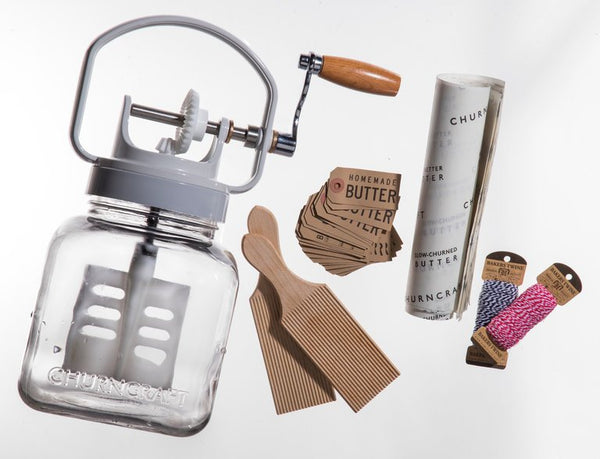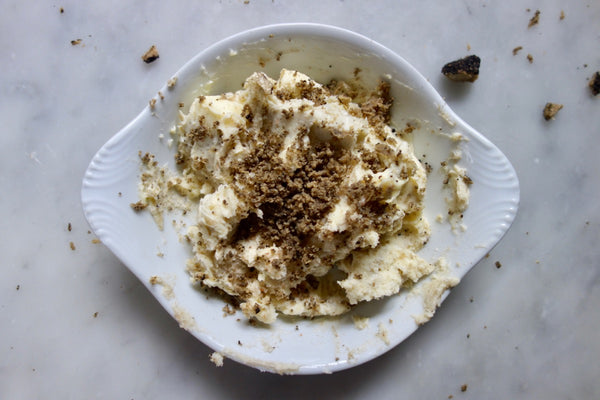Your Cart is Empty

Butter is one of the world’s greatest foods. Throughout most of human civilization, butter has been seen as a symbol of good living. It is a beloved food and a staple in many cultures across the globe.
The earliest evidence of milk use dates back to around 6,500 BCE. A team led by Richard Evershed, a biogeochemist at the University of Bristol, discovered residues of milk fats on pottery found in Northwest Turkey. It is believed that raw milk wasn’t actually consumed by people at this time due to uniform lactose intolerance in adults. The high amounts of milk fats found in the pottery suggest that people ate butter, cheese and yogurt, rather than consuming raw milk.
Many believe that ancient nomadic people first discovered the miracle of butter. It is thought that while traveling long distances, nomads would attach sacks containing milk to their pack animals and the cream was eventually churned into butter.
A Sumerian tablet from ancient Mesopotamia that dates back to 2,500 BCE illustrates rudimentary dairy production. The tablet depicts the milking of cows, and consequently, the making of butter. The discovery of butter-making had a major impact on the development of human culture. Dairy production provided a year-round source of nourishment for people. Without it, our world would be a very different place.
Butter rose to prominence in the Middle Ages, when it became a commonly-used product throughout northern Europe. Though the upper classes considered it peasant food, they also ate it periodically. Back then, the consumption of butter was prohibited during Lent. Many people in northern Europe chose to pay the fee imposed by the Catholic church that allowed them to eat butter. This is why the tower on the Rouen Cathedral in France is nicknamed the Butter Tower.
For centuries, butter has played an important role in our world.
Photo by Boston Public Library| CC BY-SA 2.0
Comments will be approved before showing up.


What an honor to be featured in The New York Times! We are so proud to have gotten a stamp of approval from Florence Fabricant, food critic of the NYT.
